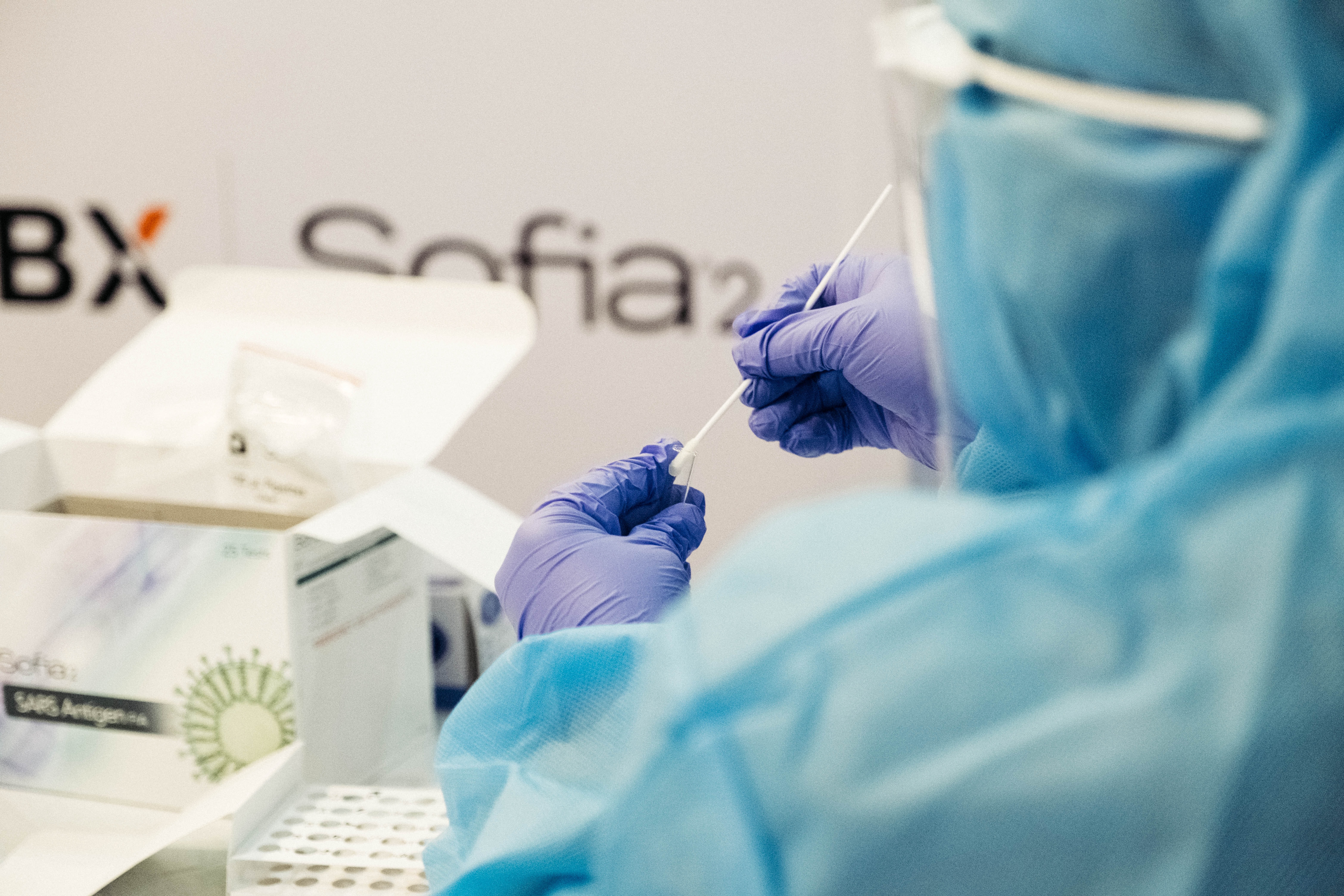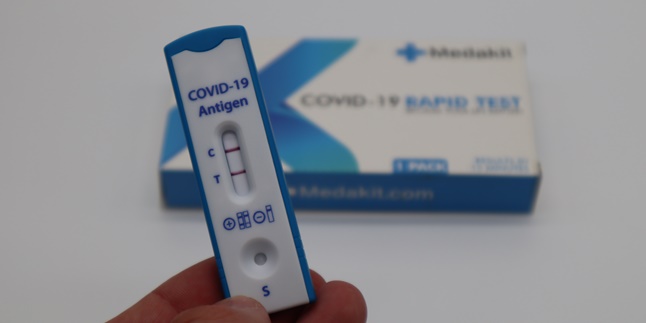Kapanlagi.com - The word "reactive" is a term that is quite common since the emergence of the Covid-19 virus. Every time someone undergoes a rapid test, they will get a positive, negative, or reactive result. So, what is the actual meaning of reactive?
The meaning of reactive needs to be understood by everyone in order to understand the results of rapid tests. Don't misunderstand the results obtained and miss out on the treatment that should be received.
In the context of Covid-19 rapid tests, the meaning of reactive can be understood as the presence of antibodies against the virus that is attacking the body. However, the virus may not necessarily be the cause of Covid-19. To clarify further, you can read the following information.
1. Meaning of Reactive in Covid-19 Test

Meaning reactive on the Covid-19 test (Credit: Unsplash)
In the Indonesian Dictionary (KBBI), the meaning of reactive is the tendency to be responsive or immediately react to something that arises or appears. It's not just about Covid-19 tests, this word can be used generally to refer to people who react quickly to something.
However, after being used as a term for test results, this word is increasingly used. The meaning of reactive in Covid-19 tests is not the same as positive. After getting a reactive test result, patients are required to undergo retesting through polymerase chain reaction (PCR). Only that test can determine the patient's status.
Reactive does not necessarily mean positive, but it is not necessarily negative either. It is possible that antibodies are indeed fighting against certain viruses, but not SARS-CoV2 infection. Here are several possible conditions that can cause a test result to be reactive:
- Presence of SARS-CoV2 virus infection.
- Past SARS-CoV2 infection.
- Cross-reaction with other viruses.
Because there are various possibilities from reactive test results, you don't need to panic when you get them. You are advised to do self-isolation, according to the instructions of healthcare workers. After that, do retesting to get confirmation of your status through PCR or throat swab. This method is recommended by WHO to truly detect the SARS-CoV-2 virus that causes Covid-19.
2. Meaning Positive on Covid-19 Test

Positive Meaning in Covid-19 Test (Credit: Unsplash)
Not only the meaning of reactive, but you also need to pay attention to the positive results of the Covid-19 test. When the test result is positive, it means that you are indeed infected with the SARS-CoV-2 virus. In the test kit, there will be an IgG indicator that indicates the presence of antibodies formed after exposure to the virus.
Meanwhile, IgM is an antibody that reacts after someone is exposed to the virus. The indicators in the test include C (control), IgG, and IgM. If you are exposed to the virus, there will be the following indicators:
- IgG and IgM positive will be indicated by a red line on C (control). Two other red lines appear on IgG and IgM.
- IgG positive will be indicated by a red line on C (control) and IgG.
- IgM positive will be indicated by a red line on C (control) and IgM.
3. Negative Meaning in Covid-19 Test

Negative Meaning in Covid-19 Test (Credit: Unsplash)
After understanding the meaning of reactive and positive in Covid-19 tests, you also need to find out about negative results. If you are declared negative, it means that there are no IgM and IgG antibodies that fight the Corona virus in your body.
However, you still need to be cautious because there is still a possibility that you are exposed to the virus. This possibility is caused by the following factors:
- Not infected with the virus, so continue to take preventive measures by adhering to health protocols.
- Your body has not formed antibodies. It is possible that you have actually been exposed to the virus, but your body has not provided resistance. IgM and IgG antibodies take 2-4 weeks to be produced. These antibodies are detected to determine the patient's status.
- Rapid tests are considered less ideal, so it is recommended that you get a more valid diagnosis of Covid-19. Other examinations include PCR, X-rays, or CT scans of the lungs.
4. Self-Isolation

Self-Isolation during Covid-19 (Credit: Unsplash)
Knowing the meaning of reactive, positive, and negative is not enough to fight against Covid-19. You also need to equip yourself with knowledge about the implementation of self-isolation as follows.
- Avoid traveling outside the house, try to do all activities at home, including work, study, and worship.
- Get used to washing hands with running water and soap for 20 seconds or use hand sanitizer with a minimum alcohol content of 60 percent.
- Apply physical distancing by limiting physical contact and maintaining a distance of at least 1 meter from others.
- Avoid touching the face, especially the eyes, nose, and mouth.
- Try to cover the nose and mouth with the bent elbow, lower arm, or tissue when sneezing or coughing, then immediately dispose of the tissue in the trash.
- Get used to covering the nose and mouth with a mask when in close proximity to others.
- Clean frequently touched objects, such as door handles or mobile phones, with disinfectant regularly.
- Avoid sharing the use of bathroom and eating utensils with others.
Well, KLovers, that's an explanation of the meaning of reactive, positive, and negative in rapid Covid-19 tests. Whatever test results you get, it is important to continue monitoring your health condition.
If you have symptoms such as fever, cough, or shortness of breath, immediately contact a health facility. That way, you will soon receive the appropriate examination and treatment.
(kpl/gen/ans)
Disclaimer: This translation from Bahasa Indonesia to English has been generated by Artificial Intelligence.
















